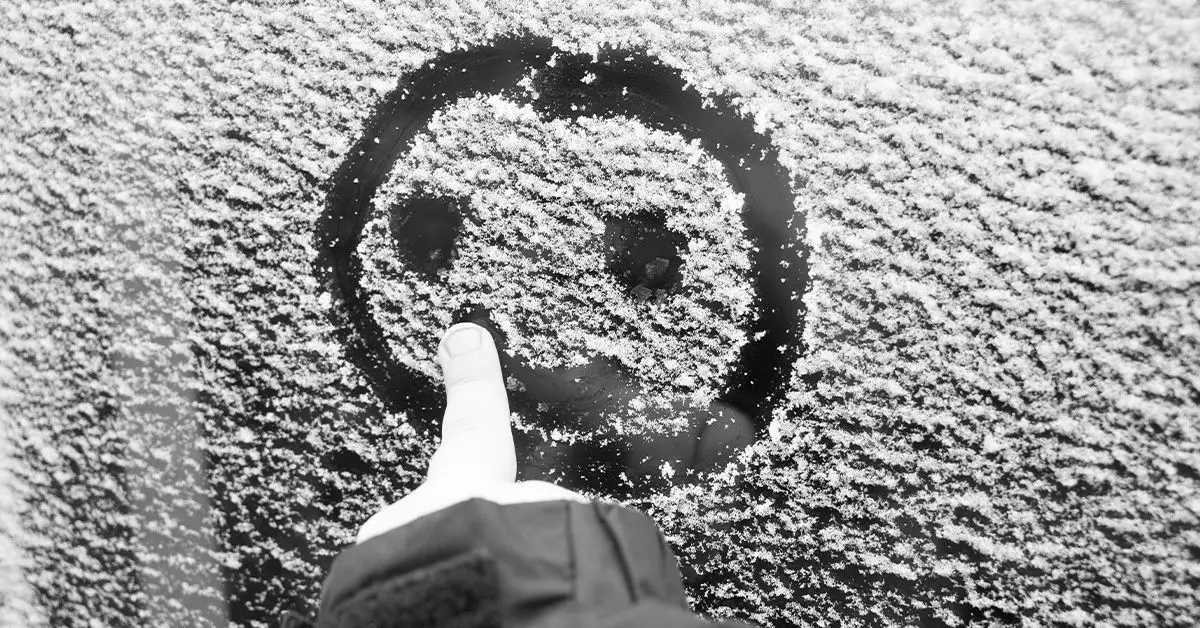The concept of “bipolar face” is a captivating yet contentious notion that warrants scrutiny beyond mere anecdotal references. While popular culture often perpetuates the idea that specific facial features or expressions can signify bipolar disorder, current scientific understanding diverges significantly. This term, found in informal discussions, lacks substantiation from rigorous research. In reality, facial manifestations are not recognized as diagnostic criteria for bipolar disorder by mental health professionals. This lack of empirical support points toward a larger issue: the intersection of perception and mental health, and how societal beliefs can shape our understanding of psychiatric disorders.
Emotional Extremes and Their Physical Manifestations
Individuals diagnosed with bipolar disorder navigate a tumultuous emotional landscape characterized by both manic and depressive episodes. Manic phases are marked by excessive joy and boundless energy, which may indeed translate into dynamic facial expressions. Conversely, depressive episodes often bring about a stark contrast—marked by profound sadness and lethargy, the individual’s facial expressions may appear less animated. While observers might notice these emotional shifts reflecting on the person’s face, the notion that specific facial expressions consistently demarcate those with the disorder remains unsupported scientifically. Instead, the variability of facial expressions during emotional extremes complicates simplistic interpretations.
The Nuanced Role of Eye Expressions
Recent research has spotlighted eye expressions as a window into the emotional state of individuals experiencing bipolar disorder. Findings from a 2023 study suggest that during manic episodes, the eyes may shimmer with brightness and exhibit dilation, lending them an illuminated quality that is easily perceptible. Conversely, during depressive phases, individuals may show diminished eye responsiveness, leading to what can be perceived as “vacant” looks. This dichotomy underscores the nuanced connection between mood and expressive behavior, adding layers to our understanding of bipolar disorder while reminding us that visible cues, such as eye reactions, do not equate to definitive diagnosis.
The Ambivalence of Existing Research
The existing literature on facial expressions in bipolar disorder presents a complicated picture. Notably, a 2013 study revealed that individuals with bipolar disorder exhibited decreased facial reactivity to emotional stimuli compared to those without the disorder. This was linked to factors ranging from emotional processing difficulties to broader social cognitive deficits. However, the researcher’s small sample size calls into question the generalizability of these findings, indicating a pressing need for more expansive studies in varied populations. Establishing a clearer understanding of how people with bipolar disorder engage in non-verbal communication remains critical for both diagnosis and public perception.
Ultimately, while anecdotal reports might point toward distinctive facial characteristics in individuals with bipolar disorder, scientific validation remains elusive. Anyone grappling with the symptoms of bipolar disorder should seek guidance from qualified healthcare professionals to not only address their symptoms but also to receive education about their condition, facilitating a better understanding of how it influences their emotional and physical expressions.

